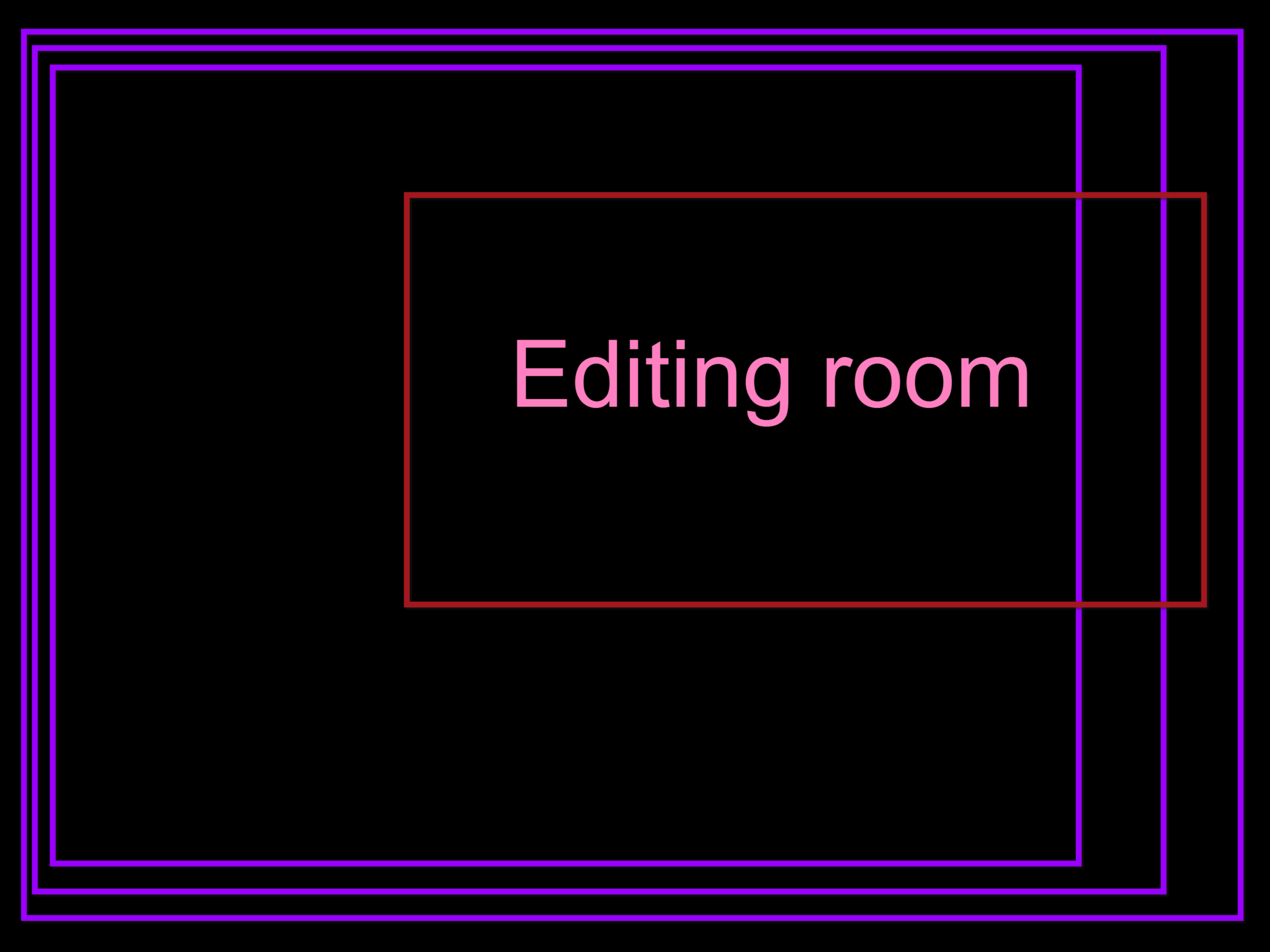It is not easy to edit your own writing. You become so closely involved with providing content that taking a reader’s perspective becomes very hard.
However, there are many copyediting tasks that a writer can do at any stage of the editing process. Here are my top-ten tips to edit your own writing. These are particularly relevant for technical and scientific documents.
1. Edit headings and subheadings
Headings and subheadings show the structure of your document to the reader.
Make headings consistent, logical and short. Do not use more than three or four levels of headings.
The easiest way to edit headings and subheadings in large documents is to:
- apply your word processor’s template styles to all heading levels in the document
- create an electronic contents table or view the document in ‘Outline view’.
See also formatting tips.
2. Make a style sheet and apply it
A style sheet is a list of your decisions or rules about the spelling, format, punctuation or capitalisation of:
- certain words, names, terms, expressions or phrases
- acronyms and abbreviations
- dates, numbers or formulas
- citations and references.
A style sheet is a great tool to edit your own writing. It especially will help you improve the consistency of your document. You should also pass the style sheet on to anyone who is involved in the production process of your document.
3. Check your use of the passive voice
Many scientists write in passive voice because it seems to enhance objectivity and removes the researcher out of the research presented (e.g. ‘the hypothesis was tested’ instead of ‘we tested the hypothesis’).
However, a passive writing style can make text very boring and sometimes lead to long and confusing sentence structures.
Try to use the passive voice sparingly and use the active voice. You will find that your writing becomes clearer, more concise and easier to read.
See also writing tips.
4. Avoid using pompous words
Plain English works best for technical and scientific documents. The topics you are trying to discuss are often complex and require attention to detail; so why make the language you use complex?
To edit your own writing, make a list of pompous words or expressions and their plain versions. Then, use the search function to find these in your documents and replace them.
For example:
| Pompous | Plain |
|---|---|
| we commenced the experiment | we started the experiment |
| to ascertain the level of risk | to find the level of risk |
| for the purpose of analysing the costs | to analyse the costs |
5. Explain all acronyms and abbreviations
Use the full version of acronyms and abbreviations when first used in the text. After that, use the shortened form within the same section of the document.
For example: ‘The Food and Agriculture Organization (FAO) was set up in 1945. The FAO has…’
Repeat the full version for each large section of your document (e.g. chapter).
For long documents, insert a list of all used acronyms and abbreviations at the beginning or end of your document.
6. Use your electronic spelling checker
Use the spelling checker on your document after each draft as a first screening for typographical errors. Make sure the spelling checker is set to use the correct language (e.g. English Australian).
However, do not rely on the spelling checker to find all errors!
7. Check data in tables
Design your tables well and make sure they have clear headings, are easy to understand and have correct data.
Always do a full check of the data in a table during the first edit of your draft. In addition, recheck the table after restructuring or reformatting the document.
Always triple-check numerical data, as typographical errors in these can be very hard to find.
8. Check citations and cross-references
Recheck citations and cross-references each time you restructure your draft. You may need to do this several times during the editing process.
If you use the Vancouver system, use an automated numbering system. If not, any restructuring will require time-consuming renumbering of citations.
However, if you are using automatically inserted citations from a reference program (e.g. EndNote), check the fields for format corruption and make sure these update correctly.
9. Double-check the facts
While you are writing, you may allow yourself to skip fact checking. Fact checks can interrupt the flow of your writing. However, in the editing phase, you can no longer ignore these.
Check and double-check all sources, facts and information you have used. There is nothing worse than losing your reputation with the reader by presenting badly researched facts.
10. Edit illustrations
Copying and pasting of illustrations into documents has become very easy with modern word-processing software. However, illustrations are often used in more than one publication and may therefore not comply with the editorial style of your document.
Edit illustrations and their captions consistently as if they were part of the normal text.
Try to decide on a caption style for your illustrations early and use it consistently throughout your document.
If you cannot edit an illustration file, list the required changes in a comment (e.g. for the editor or designer).
These are my top-ten editing tips for technical and scientific documents.
After you have produced a first draft, your document will most likely require a comprehensive edit. This edit requires collaboration with a person removed from the writing process, such as a professional editor or an objective colleague who can:
- analyse and improve the structure of your document
- check and improve clarity and user-friendliness of your document
- check the completeness of your document
- correct grammar, language and spelling
- improve consistency.
Your suggestions are welcome
If you have any comments or questions, or would like to suggest further content, please leave a comment below.
☙ ❧


